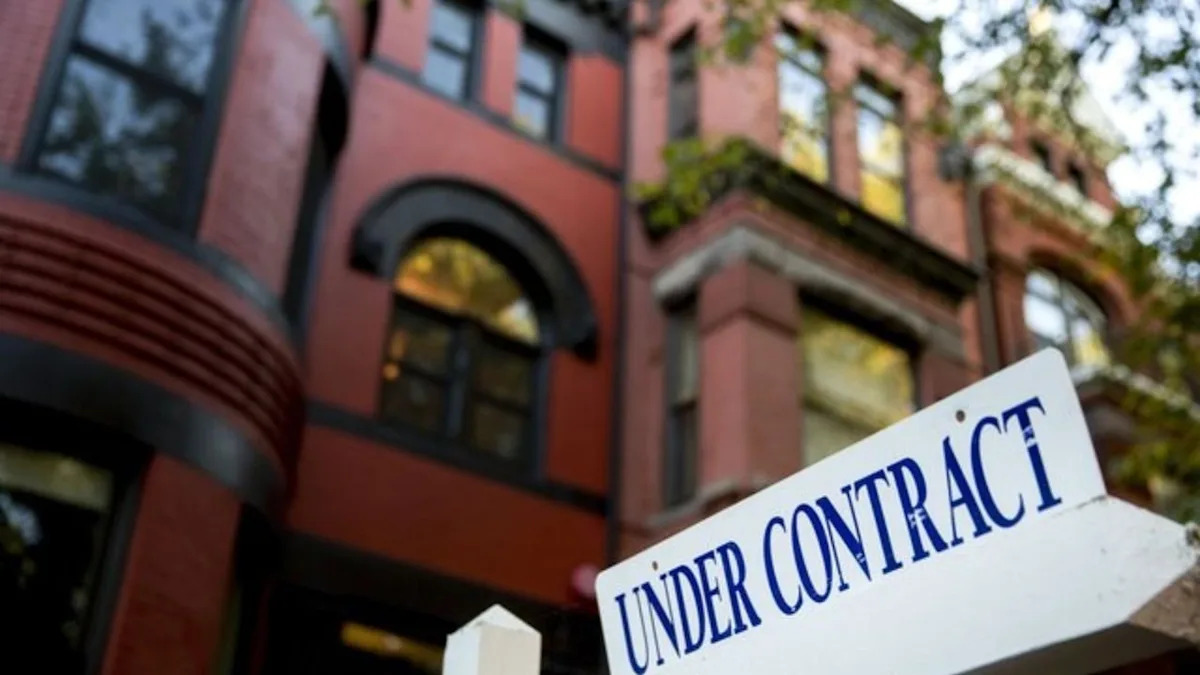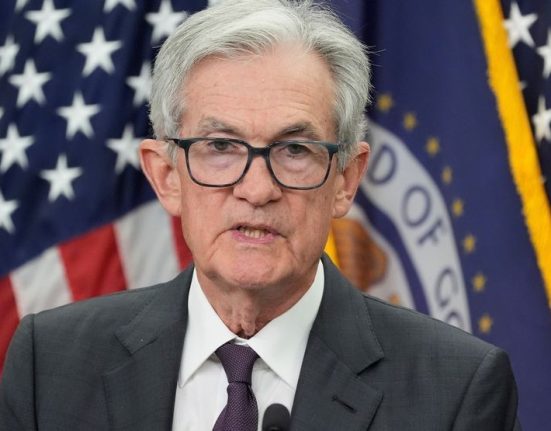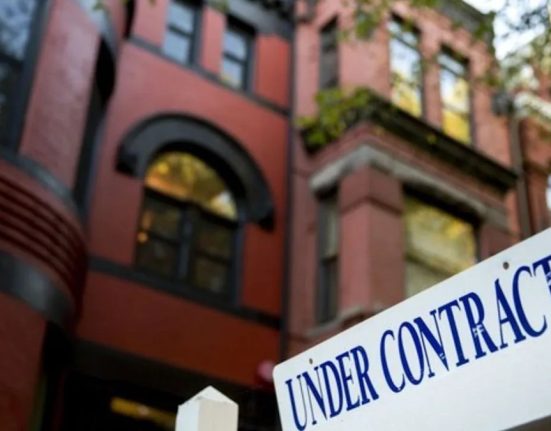The interest in home loans continues its up and down pattern. Mortgage applications decreased 3.8% for the week ending July 25, according to the Mortgage Bankers Association. The downturn comes after a slight 0.8% uptick last week.
In addition, mortgage interest rates remained fairly steady at 6.74% for a 30-year fixed mortgage, for the week ending July 24, according to Freddie Mac.
The Market Composite Index, a measure of mortgage loan application volume, decreased 3.8% on a seasonally adjusted basis from one week earlier. On an unadjusted basis, the Index decreased 4% compared with the previous week.
The refinance index decreased 1% from the previous week and was 30% higher than the same week one year ago.
The seasonally adjusted purchase index decreased 6% from one week earlier. The unadjusted purchase index decreased 6% compared with the previous week and was 17% higher than the same week one year ago.
The amount of homeowners who are refinancing increased to 40.7% of total applications from 39.6% the previous week. The adjustable-rate mortgage (ARM) share of activity increased to 8.3% of total applications.
Federal Housing Administration loan applications slightly increased to 18.8% from 18.7% the week prior. Veterans Affairs loan applications decreased to 12.2% from 12.6% the week prior. USDA loan applications remained unchanged at 0.6% from the week prior.
“Mortgage applications fell to their lowest level since May, with both purchase and refinance activity declining over the week,” said Joel Kan, MBA’s Vice President and Deputy Chief Economist. “There is still plenty of uncertainty surrounding the economy and job market, which is weighing on prospective homebuyers’ decisions.”

(Getty Images)
Contract rates
The average contract interest rate for 30-year fixed-rate mortgages with conforming loan balances ($806,500 or less) decreased to 6.83% from 6.84%, with points decreasing to 0.60 from 0.62 (including the origination fee) for 80% loan-to-value ratio (LTV) loans. The effective rate decreased from last week.
The average contract interest rate for 30-year fixed-rate mortgages with jumbo loan balances (greater than $806,500) decreased to 6.74% from 6.75%, with points decreasing to 0.51 from 0.70 (including the origination fee) for 80% LTV loans. The effective rate decreased from last week.
For 30-year fixed mortgages backed by the FHA, the average contract interest rate increased to 6.56% from 6.52%, with points increasing to 0.83 from 0.79 (including the origination fee) for 80% LTV loans. The effective rate increased from last week.
The average contract interest rate for 15-year fixed-rate mortgages decreased to 6.12% from 6.14%, with points decreasing to 0.64 from 0.69 (including the origination fee) for 80% LTV loans. The effective rate decreased from last week.
For 5/1 ARMs, the average contract interest rate increased to 6.22% from 6.01%, with points increasing to 0.51 from 0.28 (including the origination fee) for 80% LTV loans. The effective rate increased from last week.
“The 30-year fixed rate was little changed at 6.83 percent, but high enough that there was not much interest in refinancing, pushing the refinance index lower for the third straight week,” says Kan. “Purchase applications decreased by almost 6 percent, as applications for conventional, FHA, and VA purchase loans fell, despite slowing home-price growth and increasing levels of for-sale inventory in many regions.”
Mortgage rates calculated
Mortgage rates are calculated by various factors in the economy, and the length of your loan will also figure into the mortgage rate you qualify for.
The 30-year mortgage rate is tied to the yield of the 10-year Treasury note, according to Fannie Mae. As the yield on the 10-year Treasury note moves, mortgage rates follow.
The yield on the 10-year Treasury note is determined by expectations for shorter-term interest rates in the economy over the duration of a bond, plus a term premium.







